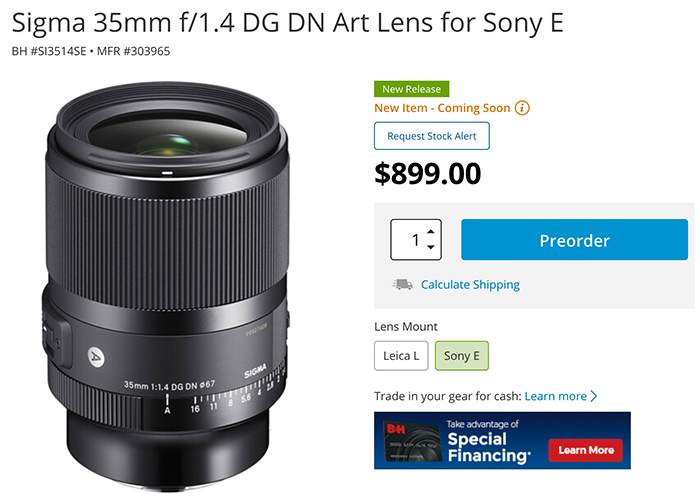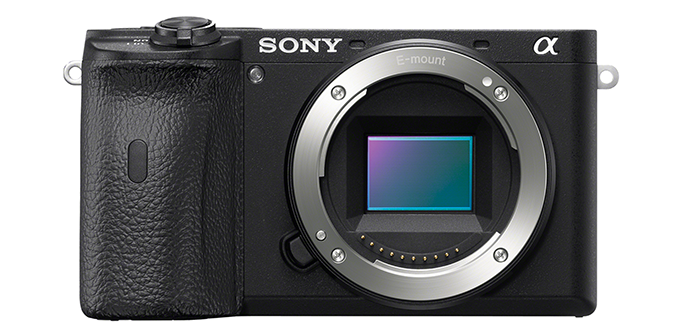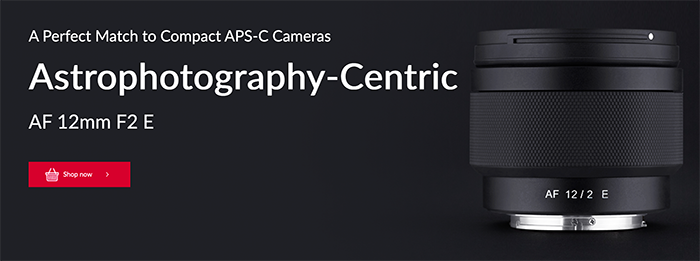First sign of life from OM Digital: New camera and likely also a new 100mm macro lens to be announced within weeks

The Swiss website Digitech intervewed MR. Sandro Rymann. The OM Digital manager said we should expect their first camera to be announced within weeks. Don’t get too excited because it might “Only” be the TG-7. But MFT owners should know that also the new 100mm macro lens might be announced in May.
Sony is going to announce a new High End APS-C camera in May…but will it be as good as a Fuji X-T? Unlikely…
There has been a long call for Sony to get serious with their APS-C cameras. Don’t get me wrong, the A6600 (image on top) is a good camera filled with tech. But ergonomically and also feature wise it cannot match the also very beautiful Fuji X-T4.
SAR now reports that Sony will announce the A6600 successor in late May. Question: Will Sony have learned and make a nice handling high end camera? I bet they didn’t :(
There are no rumored specs other than a new 30MP sensor. I guess it will record 4k60p like any higher end camera nowadays…
Engadget: The best mirrorless cameras of 2021 and how to pick one
Let’s see if you agree with their choices…


